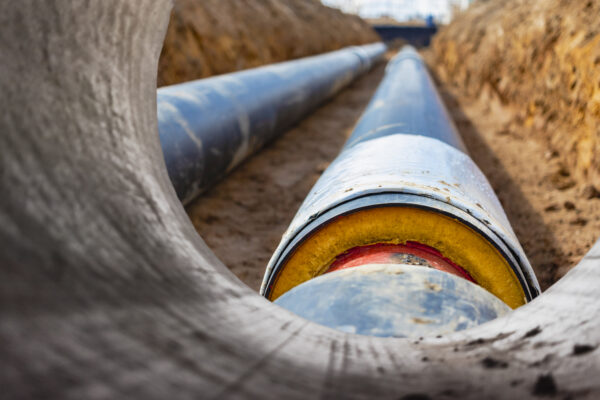1.7 Improved decision support of existing water and wastewater networks

Challenge
Effectively analyzing and prioritizing actions and renewal of water and wastewater (VA) pipeline networks is a major challenge. It is necessary to identify and quantify the conditions and parameters that most significantly contribute to pipe failures and other incidents, while also balancing different measures against their costs and other impacts. This involves not only collecting and managing data from various sources, but also processing this information in a way that enables well-founded prioritizations and decisions.
Expected results
The project aims to develop an approach for systematically analyzing VA pipeline networks and prioritizing actions in a way that optimizes network status over its entire lifespan, while ensuring that available resources are used efficiently and sustainably. Available data, such as pipe failure frequency, pipe materials, age, and soil conditions, will be analyzed to identify what drives the occurrence of pipe failures, leakages, infiltration/inflow, and other events. Furthermore, the consequences of these events will be quantified, for example in terms of the number of people affected, health risks, and economic impacts. Based on this information, a decision support model will be developed that takes into account socio-economic effects and enables the comparison and prioritization of both reactive and proactive measures.
Info
Project categories
Sustainable decision supportProject status
OngoingTimetable
2018 – 2025
Project manager
Lars Rosén, Chalmers
lars.rosen@chalmers.se
Andreas Lindhe, Chalmers
andreas.lindhe@chalmers.se
Post Doc
Viktor Bergion, Chalmers
viktor.bergion@chalmers.se
Related projects
1.1a Decision support strategies for infrastructure owners
1.6b Decision support for sustainable management of infiltration and inflow to wastewater systems
Partner
Skellefteå Municipality, NTNU Norwegian University of Science and Technology, Chalmers University of Technology, Lund University, RISE Research Institutes of Sweden, more WS utilities among our partners